Surrender in a village during The Korean War.
PYONGYANG SEMINARY BIRTHED CHURCH LEADERS
When the first seven graduates finished their studies at the Pyongyang Theological Seminary in 1907, the mission boards of the Southern Presbyterian Church (US), the Northern Presbyterian Church (US), the Canadian Presbyterian Church, and the Australian Presbyterian Church, agreed to establish the first presbytery in Korea. This is an important event which solidified Pyongyang’s importance in the history of Korean Christianity as until this time, most missionaries and leaders in Korea were overseen by the denominations and mission boards of the Western missionaries.
Soon after, the General Assembly of the Presbyterian Church of Korea was established in 1912, where Horace Underwood and Kil Sun-ju were elected as its first moderator and vice-moderator, respectively, during a meeting at the seminary in Pyongyang. Other denominations were subsequently formed to build and support the growing church community in Korea.
WHY DID NORTH KOREAN CHURCHES DISAPPEAR?
The prevailing perspective that has long dominated the South Korean and western view of North Korea is that, since the division of the two the Koreas, North Korean Christianity practically vanished except for a very limited number of “underground” Christians, since most Christians, especially leaders, had to flee to the South for religious freedom following a series of persecutions by the regime.
Shedding new light on the matter, Japanese historian, Sawa Masahiko, studied two of the multi-volume 1960s collections of Kim Il-sung’s addresses and writings and found that, unlike Marx and Lenin, Kim seldom attacked religion or Christianity per se, but rather focused his criticism on such political allegations that Christianity came to Korea as the forerunner of imperialism, and that some “bad” Christian leaders opposed the nationalist nation-building in North Korea and collaborated with the Americans during the Korean War. Sawa also questioned if the reason why there was no church in North Korea was because of North Korean communism as such, but rather with the nature of Korean Christianity itself, making it unable to exist in a socialist environment.
Alternatively, Korean scholar, Dae Young Ryu, proposed a new perspective to understand the history of North Korean Christianity as a history of North Korean Christians’ constructive efforts to survive, adjust, and change in the midst of a hostile environment. Ryu noted that, during the Japanese occupation, North Korean Christianity mainly became the religion of businessmen, professionals, and landlords. Even though a vast majority of the North Korean population was poor tenant farmers, few of them embraced Christianity. When the nationalist-socialist government came into power after the liberation, established Christians became antagonists of the nationalist-Marxist revolution and fled to the South, while lay people simply accepted socialism as a reality. Further, U.S. air raids that caused immense human suffering to North Koreans during the Korean War planted a burning hatred of Americans within the nation. Thus Christianity, which was seen as an American religion, became an object of contempt and ridicule. As a result, many North Korean Christians lost their faith as they rebuilt the war-stricken nation.


